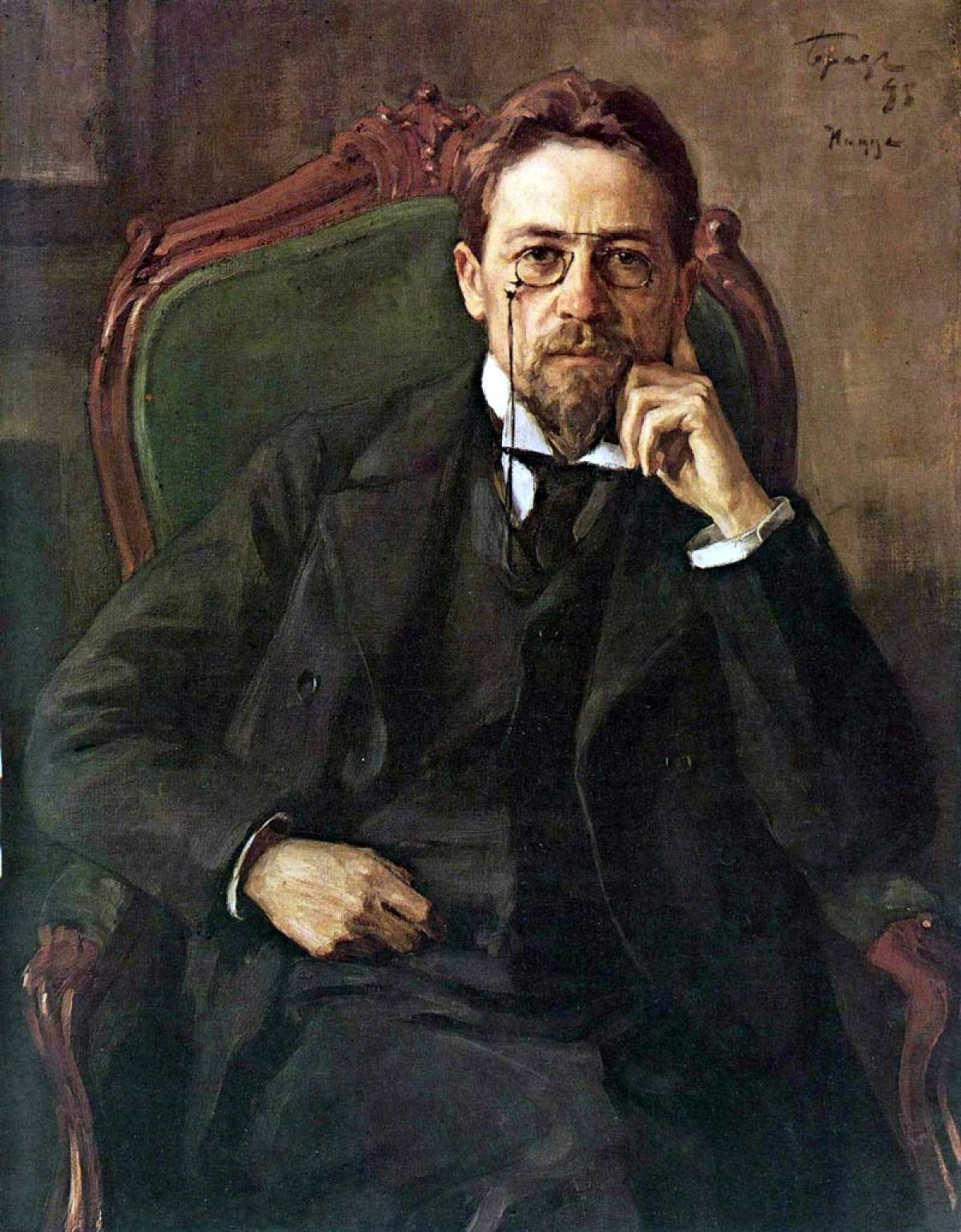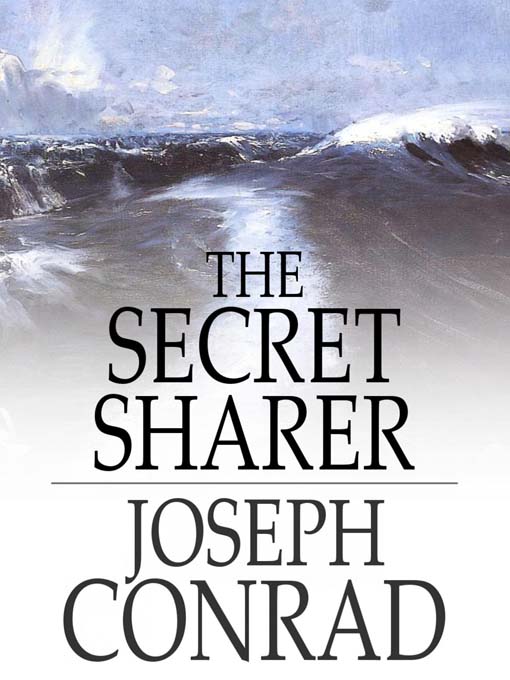 Both American presidential candidates, John McCain and Barack Obama, named Ernest Hemingway’s For Whom the Bell Tolls when asked recently by journalists to cite their favorite novel. McCain has said that during his captivity in North Vietnam as a POW he recited portions of the book to himself.
Both American presidential candidates, John McCain and Barack Obama, named Ernest Hemingway’s For Whom the Bell Tolls when asked recently by journalists to cite their favorite novel. McCain has said that during his captivity in North Vietnam as a POW he recited portions of the book to himself.
It’s intriguing that both McCain and Obama chose a novel set not in the United States, but in Spain during its fratricidal Civil War in the late 1930s.
The protagonist of For Whom the Bell Tolls is an American, however, Robert Jordan, a leftist college professor and International Brigades volunteer who embarks on a dangerous mission to blow up a strategic bridge in the Iberian hill country. At least one conservative writer, Michael Knox Beran, has tartly suggested that McCain should find a different favorite, one that isn’t “a maudlin lament for a socialist bridge-bomber.”
There is some irony in Beran’s critique of the politics of Hemingway’s novel, because the hard Left in the United States, including some of the American Communists who served in the Abraham Lincoln Battalion (part of the International Brigades), ferociously attacked the book (and its author) after its publication in 1940. These critics, among them former Lincoln commander Milton Wolff, objected to Hemingway’s negative portrayal of Soviet motives and tactics in Spain and to his unsparing and harsh portraits of political commissar André Marty (known as the “Butcher of Albacete” for his purge of non-Communists in the International Brigades) and the Communist leader Dolores Ibárruri, the Leftist icon also known as La Passionara. (Hemingway, never one to duck a fight, responded directly and profanely to those he called the “ideology boys.”)
Hemingway made a distinction between supporting the Loyalist cause, as did his fictional character Robert Jordan, and endorsing the Soviet strategy of deception and manipulation in dealing with the Republican government. Such an approach was anathema to the hardliners. There’s an amusing anecdote (recounted in Peter Carroll’s The Odyssey of the Abraham Lincoln Brigade: Americans in the Spanish Civil War) involving the actor Gary Cooper, Hemingway’s choice to play Robert Jordan in the film of For Whom the Bell Tolls, and Alvah Bessie, a Lincoln veteran and screenwriter. During the filming, Bessie lectured Cooper about how the Spanish conflict hadn’t been a civil war, as Cooper believed, but instead was a German and Italian invasion designed to overthrow the legal government of Spain. Cooper’s laconic, and classic, response: “That so? That’s what so great about this country…a guy like you can fight in a war that’s none of his business.”
Art and the “Good Fight”
It’s not hard to see why the “Good Fight” (as the Spanish struggle was dubbed) inspired artists, poets, playwrights, novelists and short story writers from the start. The conflict was rich with dramatic, and tragic, elements. Writers have been drawn by the idealism of many of the defenders of the Republic, and by the idea that the Spanish hostilities represented a dress rehearsal for World War II. Some of the best works about the conflict, such as George Orwell’s Homage to Catalonia and Hemingway’s novel, have explored the tensions within the ranks of the Loyalists. This artistic and literary fascination with the “Good Fight” has continued into the 21st century as evidenced by a continuing stream of books (fiction and non-fiction) about the Spanish Civil War and the International Brigades, including English author C.J. Sansom’s Winter in Madrid, a best-seller in Britain.
Sansom has set his fictional story in 1940 Madrid, a year after General Francisco Franco’s victory over the Loyalists, and Winter in Madrid shines brightest in its evocative portrayal of the grim life in Spain’s capital city: the compromises, and sacrifices, required for survival. The novel’s protagonist, Harry Brett, a veteran of Dunkirk, is recruited by British Intelligence to spy on a former schoolmate, Sandy Forsyth, who is involved in shady business dealings with the Spanish government. Brett’s mission exposes him to the corruption and venality of the Nationalist victors, and to the growing rivalry between the Royalist and Falange wings of Franco’s regime.
Sansom’s characters reflect the range of British attitudes toward the Spanish conflict. Harry Brett is a self-described liberal Tory (“As far as I am concerned, Spain before the Civil War was rotten with chaos, and the Fascists and Communists both took advantage”). The crypto-Fascist Forsyth is balanced by a British Communist, Bernie Piper, an internationalist who embraces the Republican cause as part of a broader struggle against Fascism. And there is an English Red Cross nurse, Barbara Clare, an idealistic, but fragile, fellow traveler who becomes romantically involved with both Piper and Forsyth. The three men—Brett, Piper and Forsyth—have all attended Rookwood, a traditional British public school, and Sansom intersperses flashbacks of their school days throughout the pages of Winter in Madrid, linking past and present friendships and rivalries. That’s a lot of baggage for any novel to carry, and Sansom struggles to pull off the dual narratives.
He also misses the mark in his characterization of Forsyth, a straight-from-Central-Casting sadist, exactly the sort of predictable Fascist bad guy found in innumerable World War II thrillers. Franco’s Spanish supporters are also uniformly portrayed by Sansom as grasping, or evil, or both. Yet, it is possible for a novelist to write about the complex human dimensions of those loyal to a twisted ideology. For example, Alan Furst has created a number of fully-rounded characters drawn to totalitarian creeds in novels like The World at Night, Kingdom of Shadows, and Dark Star, and David Downing’s Zoo Station and Silesian Station give us flesh-and-blood Germans struggling to retain their decency in Nazi Germany. Winter in Madrid would have been better served by grays instead of black-and-white, and it would have been a much better novel if Sansom had risked more by creating less predictable, and less cliched, villains.
To his credit, Sansom gets his history right. There’s no whitewashing of Comintern treachery during the Civil War, and also no shying away from the post-war reality of Nationalist brutality. At one level, Winter in Madrid can be read as an indictment of Britain’s accomodationist policy toward Franco and the Spanish Right in the 1930s and 1940s, and yet Sansom acknowledges that by the time of the Battle of Britain, Whitehall’s options had narrowed. No matter how distasteful the Franco regime might be, keeping Spain out of an alliance with the Germans had to shape British policy.
Sansom’s imaginative leap in setting Winter in Madrid after the end of the civil war deserves praise as well. We see Spain confronting not only the human costs of its ideological death struggle—the shattered veterans, the orphans, the despairing widows—but also the grim prospects of life under a dictatorship. It is a fascinating, and haunting, story and Winter in Madrid tells it well.
Copyright © 2008 Jefferson Flanders
All rights reserved




